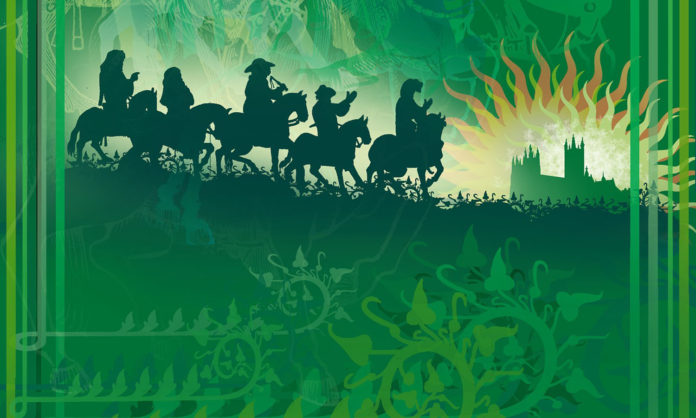
Telling a longer story as a series of short stories or vignettes is an idea as old as literature. The Canterbury Tales, One Thousand and One Knights, and The Odyssey all used short, distinct pieces with a common thread to create an entire novel. In an article for Writer’s Digest, Scott Russell Sanders shares 5 strategies for crafting a novel-in-stories, each with a novel as example.
- The Narrative Frame. “As Homer and Chaucer attached a series of tales onto journeys, or Anderson linked tales to a young man’s quest for broader horizons, so other writers, ancient and modern, have used narrative frames to connect stories that might otherwise seem unrelated,” Sanders says. His modern example is Sandra Cisneros’ The House on Mango Street, a novel told in 44 short prose pieces, all with one narrator.
- The Storyteller. Having a single storyteller relating your individual pieces creates a sense of cohesion. The 22 stories in Tim O’Brien’s The Things They Carried all focus on a platoon of American soldiers in Viet Nam, and are bound together by a common theme, setting, and ensembles, as well as a common storyteller who is looking back on his experiences during the war.
- Linked Characters. Sometimes the novel-in-stories is connected by common characters, who trade POV and appear in each other’s stories. In Gloria Naylor’s The Women of Brewster Place: A Novel in Seven Stories, each story has a different black woman as its protagonist, and one or more of the others as supporting characters.
- Setting. A common setting can tie together stories with distinct characters, whether your cast is comprised of people in a single geographic area or generations of a family who never meet. Sanders points to Wendell Berry’s A Place in Time (2013) and. Annie Proulx’s Close Range as examples.
- Theme. Sanders says the strongest collections rely on multiple unifying devices. V. S. Naipaul’s Miguel Street includes stories with a common theme, a shared setting, and a narrator, who ages throughout the tales.











